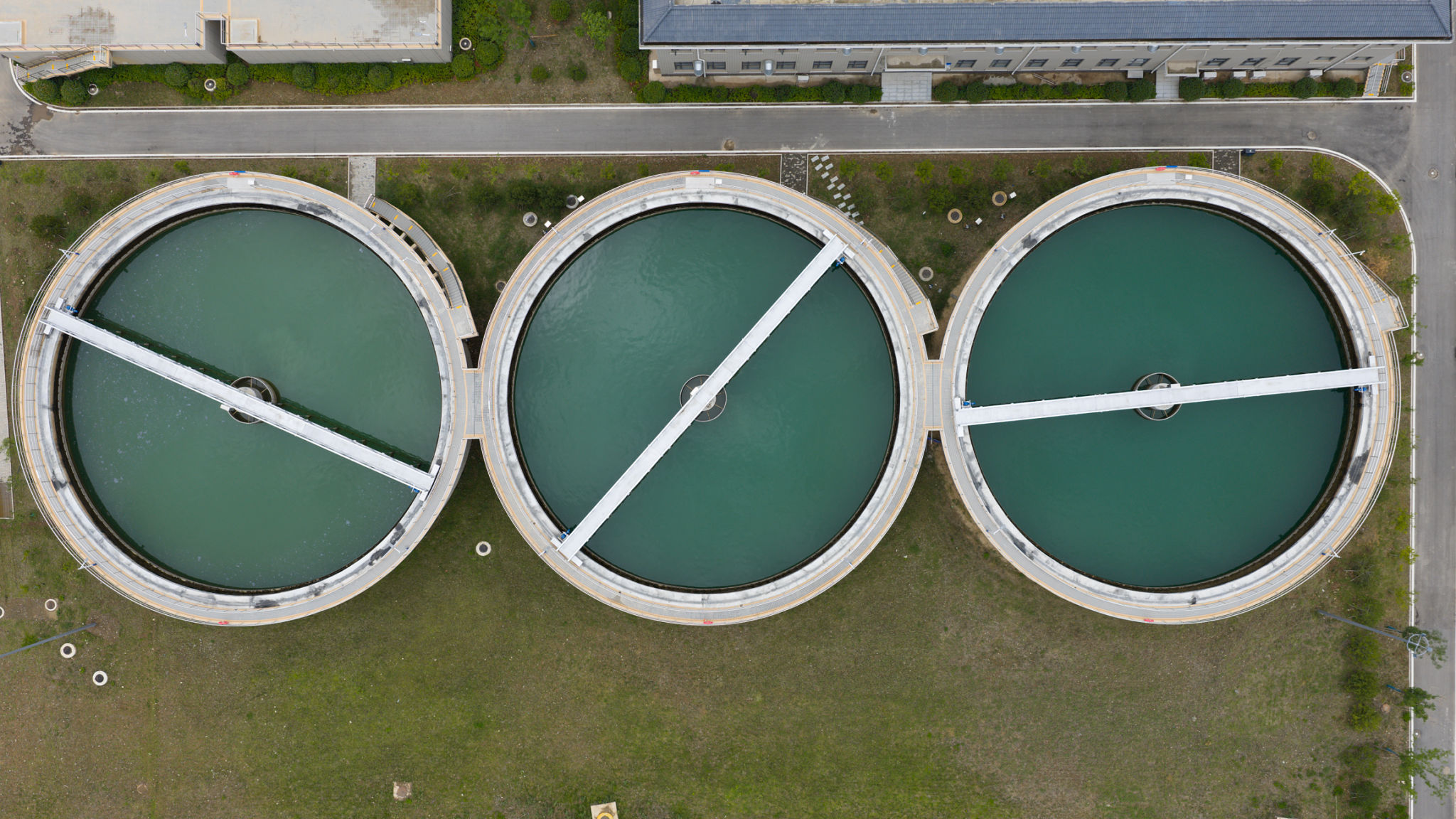Understanding PFAS: A Comprehensive Overview for Environmental Professionals
Introduction to PFAS
Per- and polyfluoroalkyl substances (PFAS) are a group of man-made chemicals that have been used in a variety of industries around the globe since the 1940s. They are known for their resistance to water, oil, and heat, making them useful in numerous applications. However, their persistence in the environment has raised significant concerns among environmental professionals.

Understanding PFAS Characteristics
PFAS are often referred to as "forever chemicals" due to their ability to remain intact in the environment for long periods. This persistence is attributed to the strong carbon-fluorine bonds present in their chemical structure, which are among the strongest in organic chemistry.
These compounds are found in a wide array of products, including non-stick cookware, water-repellent clothing, and firefighting foams. As a result, they have been detected in water sources, soil, and even in the bloodstream of humans and wildlife.
Environmental Impact of PFAS
The environmental impact of PFAS is profound. Due to their widespread use and persistence, these substances can accumulate in living organisms, leading to potential health risks. Studies have linked PFAS exposure to various health effects, such as developmental issues in children, increased risk of cancer, and liver damage.

PFAS Regulation and Guidelines
Globally, efforts to regulate PFAS are intensifying. Governments and environmental agencies are developing guidelines to limit the presence of these chemicals in the environment. In the United States, the Environmental Protection Agency (EPA) has introduced advisory levels for certain PFAS compounds in drinking water.
Moreover, international agreements like the Stockholm Convention are working towards restricting the production and use of PFAS. These regulatory measures aim to mitigate the environmental and health impacts associated with PFAS exposure.
Challenges in PFAS Remediation
Remediating PFAS-contaminated sites presents numerous challenges due to their chemical stability. Traditional water treatment methods are often ineffective, leading researchers to explore innovative solutions such as activated carbon filtration and advanced oxidation processes.
Environmental professionals are at the forefront of developing these technologies, striving to find efficient ways to remove PFAS from contaminated environments. Collaboration across scientific disciplines is crucial in overcoming these challenges.

Future Perspectives on PFAS
As awareness of PFAS continues to grow, future research will likely focus on developing safer alternatives and enhancing detection methods. Environmental professionals play a key role in these efforts, contributing to a better understanding of PFAS behavior and its implications for human health and the ecosystem.
The continued study and regulation of PFAS will be essential in safeguarding our environment and ensuring public health. By staying informed and proactive, environmental professionals can lead the charge in addressing the complex issues posed by these persistent chemicals.